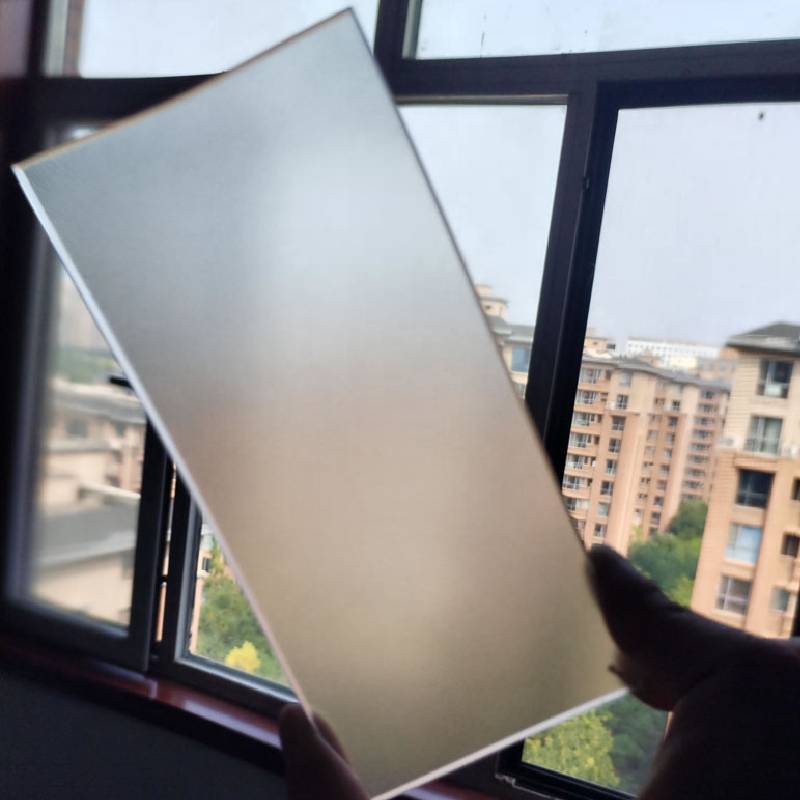The Aesthetics and Functionality of Reflective Glass Facades
In contemporary architecture, reflective glass facades have emerged as a defining characteristic of urban landscapes. These structures not only serve practical purposes but also elevate the visual appeal of buildings. The use of reflective glass has become synonymous with modernity, allowing architects to create stunning designs that respond to their environments while fulfilling numerous functional needs.
The Artistic Element
Reflective glass facades offer an innovative canvas for architects and designers. The interplay of light and glass can create ever-changing visual effects throughout the day. As the sun moves across the sky, the surface of reflective glass captures and reflects the vibrant colors of the natural world, creating a dynamic facade that changes with the seasons and the time of day. This ability to reflect surrounding landscapes means that these buildings can seamlessly integrate into their environments, enhancing rather than obstructing the natural beauty of their locales.
Not only do they reflect nature, but they also capture urban life. Buildings clad in reflective glass facades can mirror the bustling city around them, creating a visual dialogue between the structure and its environment. This can foster a sense of connection between people and places, inviting flânerie and providing a constant reminder of the life and activity surrounding us.
Practical Benefits
Beyond their aesthetic appeal, reflective glass facades provide practical benefits
. One of the primary advantages is energy efficiency. Many modern glass technologies incorporate low-emissivity (Low-E) coatings, which help to regulate indoor temperatures by reflecting heat back into the building during winter and keeping it out during summer. This drastically reduces reliance on heating and cooling systems, leading to lower energy bills and a smaller carbon footprint.
Moreover, reflective glass facades allow for natural light to penetrate deep into building interiors. This not only enhances the ambiance and reduces the need for artificial lighting during the day but also contributes positively to the mental well-being of occupants. Spaces flooded with natural light are often perceived as more inviting and can boost productivity levels, making reflective glass an ideal choice for office buildings, schools, and residential complexes.
reflective glass facade
Sustainability and Innovation
As sustainability becomes increasingly paramount in architectural design, the role of reflective glass facades is evolving. Innovative technologies have emerged that push the boundaries of traditional glass applications. For instance, smart glass technologies now enable facades to adjust their transparency based on environmental conditions, further enhancing energy efficiency. These advancements allow buildings to adapt dynamically, reducing energy costs and contributing to the overall sustainability of urban design.
Moreover, many reflective glass products are now manufactured with recycled materials, further emphasizing the commitment to sustainable practices. The use of lightweight glass also reduces the structural demands on buildings, allowing for creative designs that would be difficult to achieve with heavier materials. This fusion of aesthetics and function represents the future of architecture, where beauty and responsibility coexist.
Challenges and Considerations
Despite the numerous advantages of reflective glass facades, architects must also contend with several challenges. Glare can be an issue, especially in densely populated urban areas. The intense reflection off glass surfaces can create discomfort for pedestrians and drivers, and careful consideration must be taken in the design phase to mitigate such effects. Strategic placement of windows, shading devices, and the selection of appropriate glass types are crucial in addressing glare and ensuring the comfort of those interacting with the building.
Additionally, maintenance of reflective glass facades poses another challenge. The surfaces, while stunning, can quickly show dirt and grime, necessitating regular cleaning to maintain their aesthetic appeal. Architects and builders must consider these factors during the design process to ensure practicality does not sacrifice beauty.
Conclusion
Reflective glass facades encapsulate the essence of modern architectural design, blending beauty, functionality, and sustainability. They transform urban environments while offering practical benefits that cater to the needs of contemporary society. As technologies continue to advance, the potential for reflective glass in architecture is bound to expand, promising a brighter and more sustainable future for urban landscapes. The integration of natural and built environments through reflective glass will continue to inspire architects and occupants alike, inviting us to appreciate the beauty of the world around us.
 Afrikaans
Afrikaans  Albanian
Albanian  Amharic
Amharic  Arabic
Arabic  Armenian
Armenian  Azerbaijani
Azerbaijani  Basque
Basque  Belarusian
Belarusian  Bengali
Bengali  Bosnian
Bosnian  Bulgarian
Bulgarian  Catalan
Catalan  Cebuano
Cebuano  Corsican
Corsican  Croatian
Croatian  Czech
Czech  Danish
Danish  Dutch
Dutch  English
English  Esperanto
Esperanto  Estonian
Estonian  Finnish
Finnish  French
French  Frisian
Frisian  Galician
Galician  Georgian
Georgian  German
German  Greek
Greek  Gujarati
Gujarati  Haitian Creole
Haitian Creole  hausa
hausa  hawaiian
hawaiian  Hebrew
Hebrew  Hindi
Hindi  Miao
Miao  Hungarian
Hungarian  Icelandic
Icelandic  igbo
igbo  Indonesian
Indonesian  irish
irish  Italian
Italian  Japanese
Japanese  Javanese
Javanese  Kannada
Kannada  kazakh
kazakh  Khmer
Khmer  Rwandese
Rwandese  Korean
Korean  Kurdish
Kurdish  Kyrgyz
Kyrgyz  Lao
Lao  Latin
Latin  Latvian
Latvian  Lithuanian
Lithuanian  Luxembourgish
Luxembourgish  Macedonian
Macedonian  Malgashi
Malgashi  Malay
Malay  Malayalam
Malayalam  Maltese
Maltese  Maori
Maori  Marathi
Marathi  Mongolian
Mongolian  Myanmar
Myanmar  Nepali
Nepali  Norwegian
Norwegian  Norwegian
Norwegian  Occitan
Occitan  Pashto
Pashto  Persian
Persian  Polish
Polish  Portuguese
Portuguese  Punjabi
Punjabi  Romanian
Romanian  Russian
Russian  Samoan
Samoan  Scottish Gaelic
Scottish Gaelic  Serbian
Serbian  Sesotho
Sesotho  Shona
Shona  Sindhi
Sindhi  Sinhala
Sinhala  Slovak
Slovak  Slovenian
Slovenian  Somali
Somali  Spanish
Spanish  Sundanese
Sundanese  Swahili
Swahili  Swedish
Swedish  Tagalog
Tagalog  Tajik
Tajik  Tamil
Tamil  Tatar
Tatar  Telugu
Telugu  Thai
Thai  Turkish
Turkish  Turkmen
Turkmen  Ukrainian
Ukrainian  Urdu
Urdu  Uighur
Uighur  Uzbek
Uzbek  Vietnamese
Vietnamese  Welsh
Welsh  Bantu
Bantu  Yiddish
Yiddish  Yoruba
Yoruba  Zulu
Zulu 

